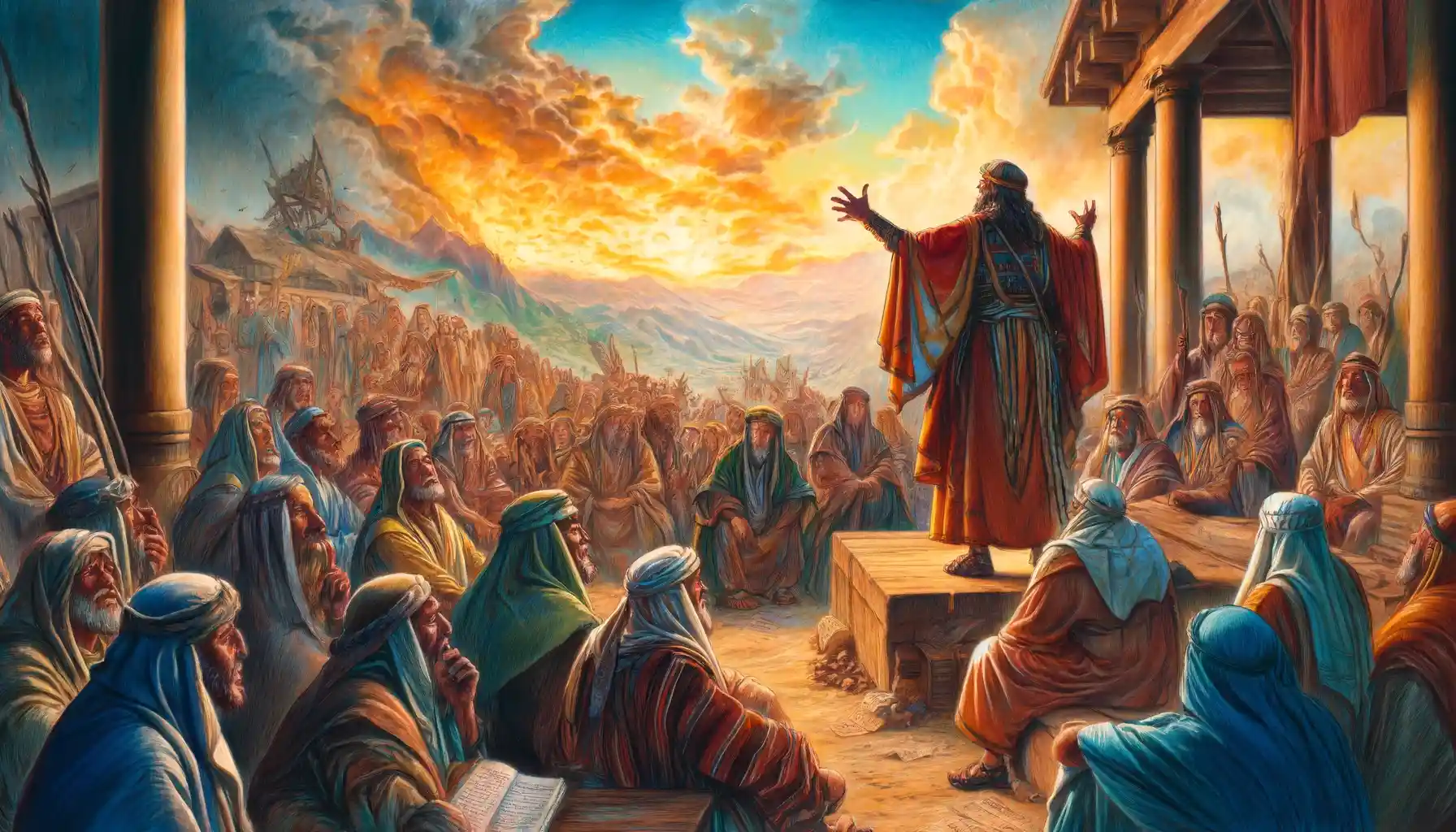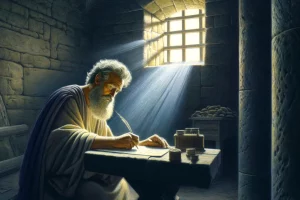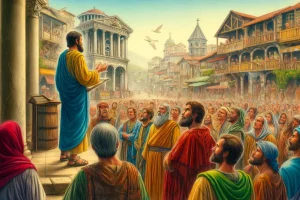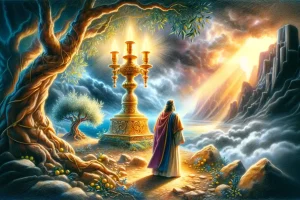
The Book of Micah
The Book of Micah is a significant prophetic text within the Old Testament, attributed to the prophet Micah of Moresheth. Here are some key facts about this book:
- Authorship: Micah, who lived during the 8th century BCE, is identified as the author. He was a contemporary of prophets Isaiah, Hosea, and Amos.
- Historical Context: Micah prophesied during the reigns of Kings Jotham, Ahaz, and Hezekiah of Judah. His ministry occurred against the backdrop of the Assyrian threat and the socio-political turmoil of the period.
- Structure: The book consists of seven chapters, which can be divided into three sections, each beginning with a call to “Hear” and including oracles of doom and promises of restoration.
- Themes:
- Social Justice: Micah strongly condemns the social injustices committed by Judah’s leaders, the wealthy, and the corrupt priests and prophets.
- Judgment and Restoration: Micah forecasts the impending judgment on Israel and Judah but also speaks of a future restoration.
- The Messianic Hope: Micah contains significant Messianic prophecies, including the prediction of a ruler to come from Bethlehem.
- Key Passages:
- Literary Features: Micah utilizes a powerful poetic style, rich in imagery and metaphor, to deliver his messages effectively.
- Theological Significance: Micah emphasizes that genuine worship of God is demonstrated through justice, mercy, and humility, rather than mere ritualistic observance.
The Book of Micah, attributed to the prophet Micah of Moresheth, is a powerful prophetic text within the Hebrew Bible. It blends messages of judgment and hope, with a pronounced emphasis on justice and righteousness. Here is a detailed analysis of the Book of Micah, exploring its historical context, structure, themes, and theological implications.
1. Historical Context
Micah prophesied during the late 8th century BCE, a period marked by political upheaval and social corruption in the kingdom of Judah. He was contemporary with prophets like Isaiah and Hosea and preached during the reigns of Jotham, Ahaz, and Hezekiah. His prophecies came at a time when both the northern kingdom of Israel and the southern kingdom of Judah were facing threats from the expanding Assyrian Empire.
2. Structure
The Book of Micah is composed of seven chapters and can be divided into three distinct sections, each starting with an attention-commanding “Hear”:
- Chapters 1-2: Micah announces God’s judgment against Samaria and Judah, particularly criticizing the social injustices perpetrated by the ruling classes and the false security offered by corrupt prophets.
- Chapters 3-5: This section includes Micah’s denunciations of the leaders of Israel for their roles in perpetuating injustice and his visions of Zion’s future restoration, including the prominent messianic prophecy.
- Chapters 6-7: These chapters feature a covenant lawsuit (rib), where God challenges Israel to remember past mercies and the requirements for true worship. The book concludes with expressions of hope in God’s mercy and future restoration despite the nation’s present iniquities.
3. Major Themes
- Justice and Righteousness: A central theme in Micah is the critique of social injustices like dishonesty, exploitation, and the corrupt judicial systems. Micah stresses that true worship of God is inseparable from ethical behavior.
- Divine Judgment and Mercy: Micah portrays God as both a judge who punishes iniquity and a shepherd who gathers and protects His flock. This duality emphasizes that divine judgment is ultimately aimed at restoration.
- Messianic Prophecies: Micah 5:2 stands out by foretelling the birth of a ruler from Bethlehem who will lead Israel to peace and justice. This prophecy has been significant in both Jewish and Christian messianic expectations.
- Covenant Faithfulness: The prophet calls for a return to the values stipulated in the covenant, highlighting requirements such as justice, mercy, and humility (Micah 6:8).
4. Literary Features
Micah’s prophetic book makes extensive use of vivid imagery, metaphors, and rhetorical questions to enhance its persuasive impact. His style is direct and forceful, designed to provoke reflection and repentance.
5. Theological Significance
Micah’s insistence on linking worship with justice has deeply influenced Jewish and Christian ethical thought. His articulation that external rituals are meaningless without internal righteousness (Micah 6:6-8) challenges religious complacency.
6. Contemporary Relevance
Micah’s messages about social justice, leadership accountability, and the necessity of authentic religious practice continue to resonate today, offering critical insights into the conduct of individuals and nations.
In summary, the Book of Micah offers a profound reflection on the complexities of divine justice, the demands of covenantal faithfulness, and the hope for future restoration under a just ruler. It challenges readers to consider the depth of their own commitment to justice as an integral part of their spiritual lives.
Tag:8th century BCE, Assyrian threat, Bethlehem, contemporary relevance, covenant faithfulness, covenant lawsuit, divine judgment, divine mercy, ethical behavior, ethical worship, Hebrew Bible, justice, kingdom of Judah, leadership accountability, Messianic prophecy, Micah, minor prophets, moral conduct, Old Testament, prophecy, religious practice, restoration, Righteousness, social injustice, Zion's restoration



